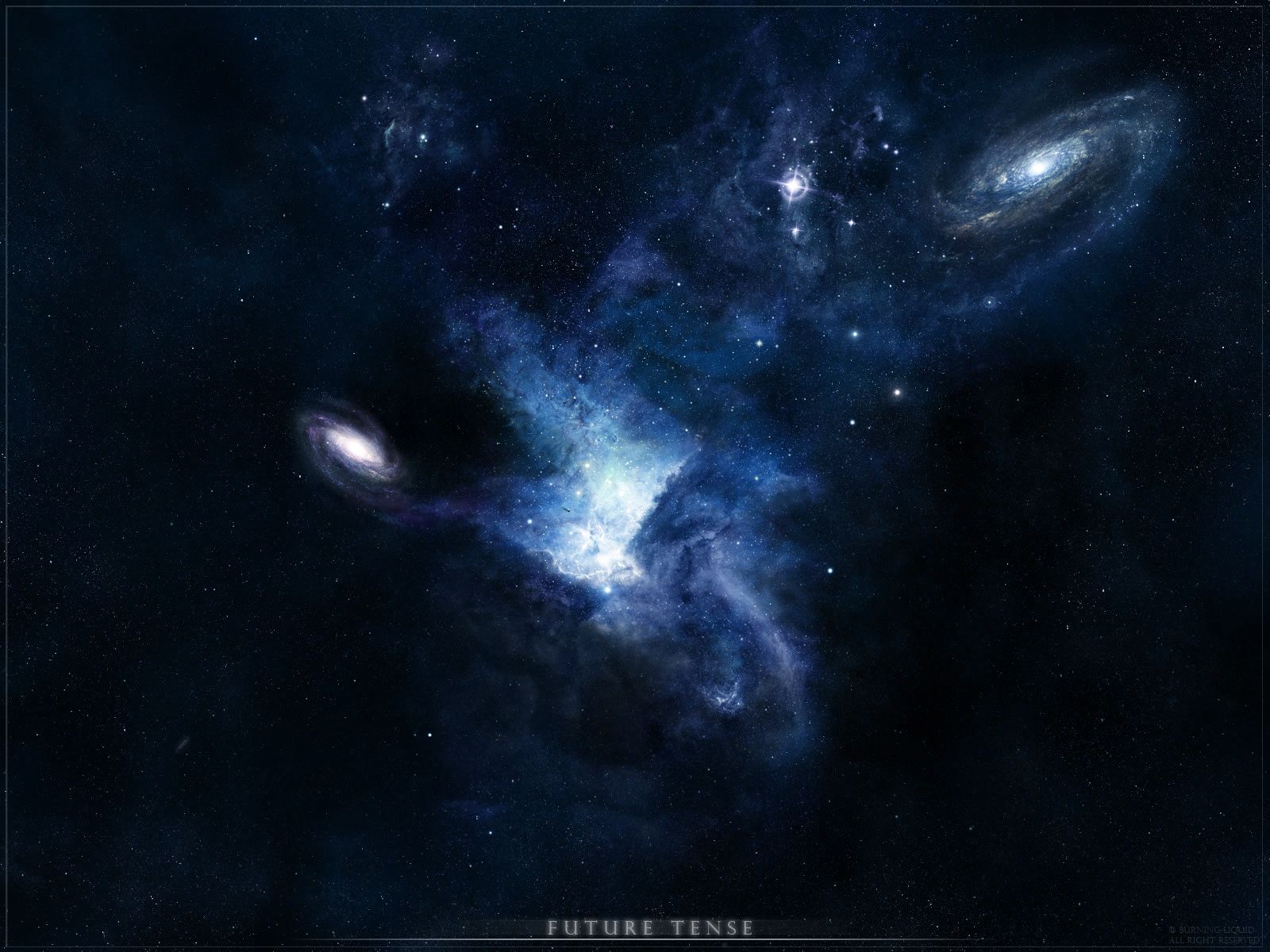Scientists have moved closer to being able to stop a huge asteroid colliding with the Earth and potentially wiping out human life.
Researchers at the University of Tennessee have discovered that blowing the space rock up could make the collision worse by causing several devastating impacts.
Instead, small changes could be made to its surface to disrupt the forces keeping it together and cause it to break up in outer space.
They were studying asteroid 1950 DA, which has a one in 300 chance of hitting the planet on 16 March, 2880.
Although the odds seem small, it is the most likely asteroid to collide with Earth and the odds are higher than being shot dead in the US.
The asteroid has a diameter of one kilometre and is travelling at nine miles a second relative to the Earth, which it would hit at 38,000 miles per hour.
The impact would have a force of around 44,800 megatonnes of TNT and cause a huge explosion, tsunamis and change the climate of the globe, devastating human life.
But with 35 generations to go until its possible arrival, scientists are confident that the disaster can be averted.

Asteroid 1950 DA. Photo credit: NASA
The University of Tennessee researchers said 1950 DA is rotating so quickly it “defies gravity” and is held together by cohesive forces, called van der Waals, never before detected on an asteroid.
The findings, published in the science journal Nature, could prompt a change in tactics defending our planet.
Previous research has shown that asteroids are loose piles of rubble held together by gravity and friction but by calculating 1950 DA’s thermal inertia and bulk density, the team detected the action of cohesive forces that stop it breaking up.







